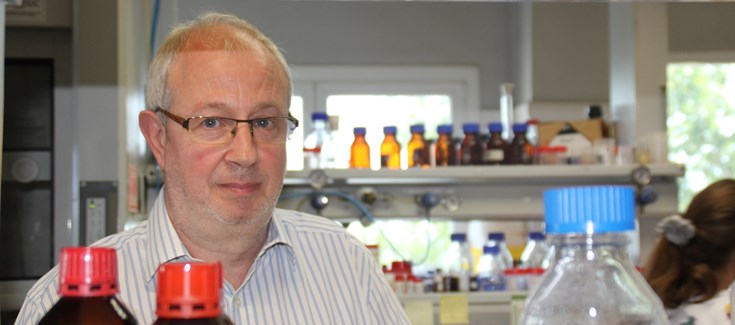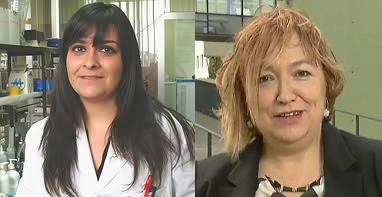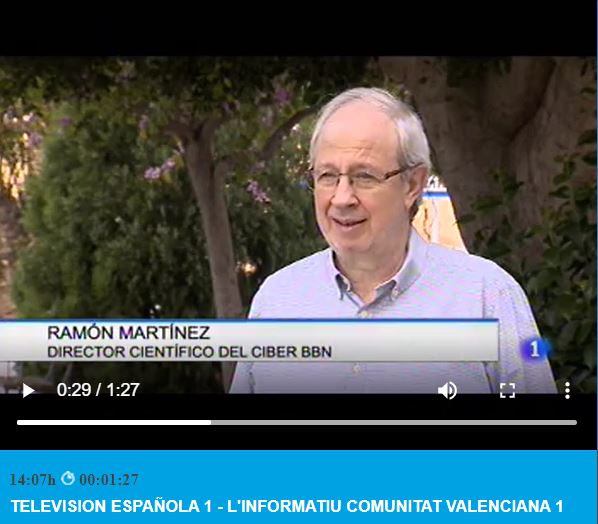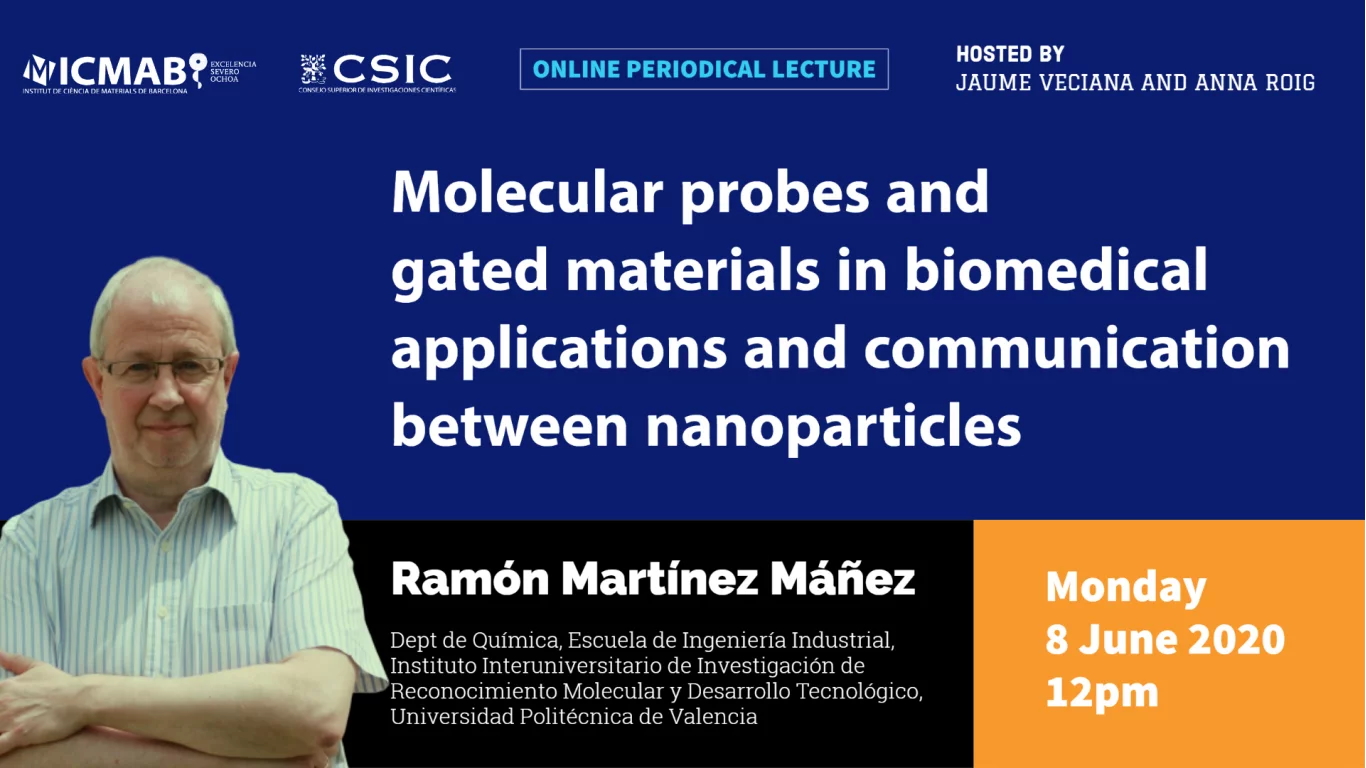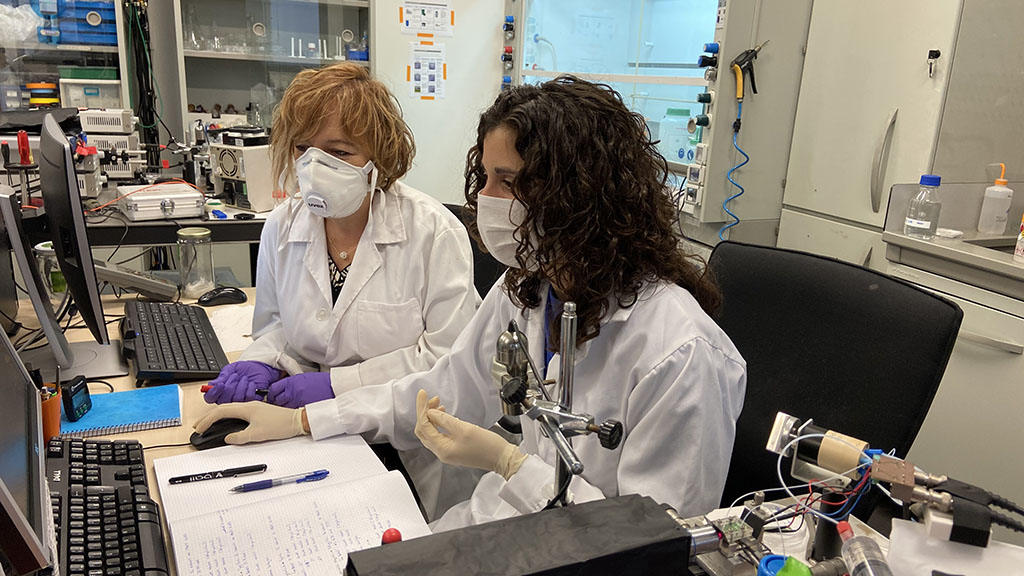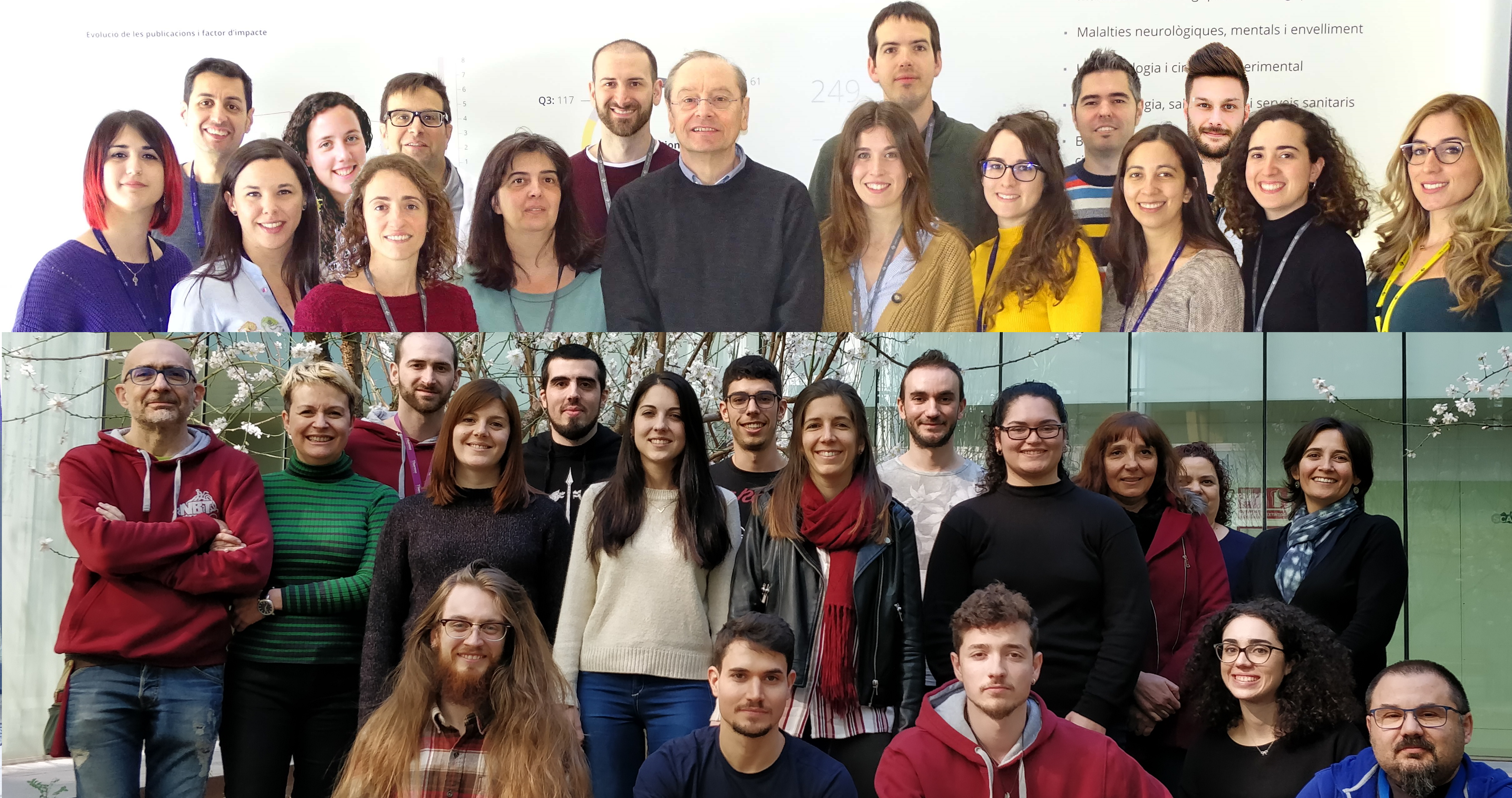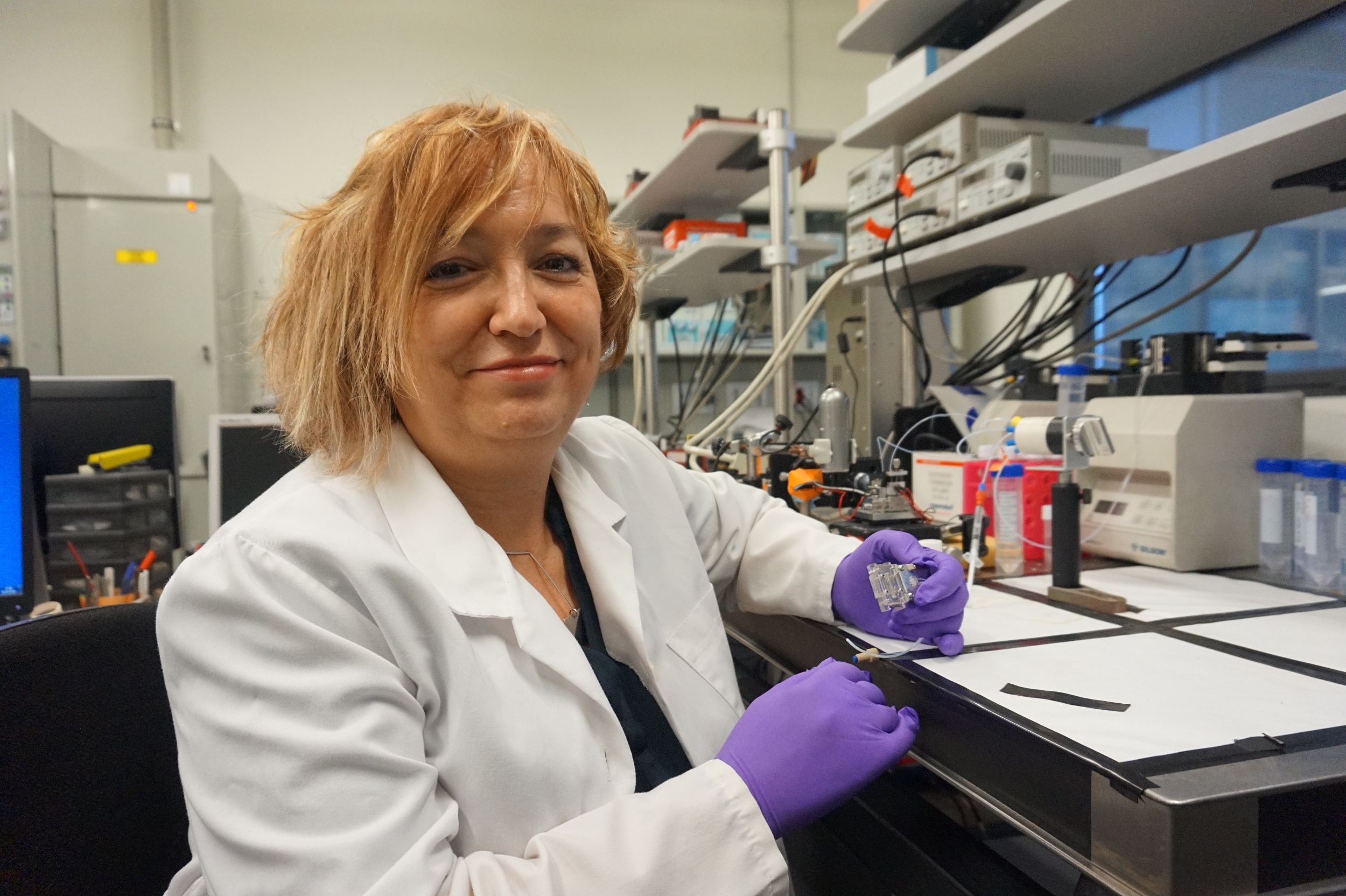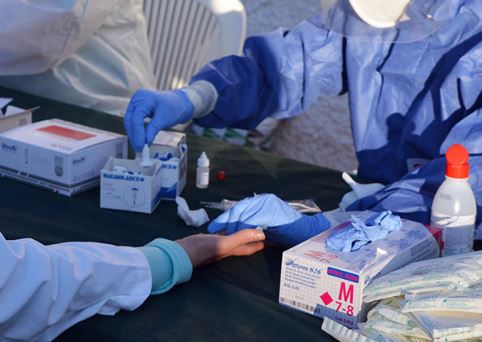“We need a drastic change in the organization and management of science”
The Jorunal “Redacción Médica” has created an espace call Covid-19 Lessons to gather critical evaluations and recommendations of the most relevant personalities in the health sector, so that the National Health System and the professional and business ecosystem that surrounds it can draw conclusions and face future similar challenges with greater guarantees.
Laura M. Lechuga, Scientific Director of NANBIOSIS U4, from CIBER-BBN at ICN2-CSIC, coordinates CONVAT, one of the projects selected by the European Commission to advance in the knowledge about the Coronavirus, adds her perspective to the document Covid-19 Lessons: “We need a drastic change in the organization and management of science“
According to prof. Lechuga, ·one of the main successes in this crisis has been the intense and excellent dedication of a large part of the international scientific community who, from a multidisciplinary perspective, has tried to contribute their talent and training to make great strides in the knowledge of this new SARS-CoV-2 virus; this crisis has driven this collaboration exponentially. “The rapid mobilization of funds and resources available to scientists has also been (and continues to be) impressive during this crisis. The pandemic has placed before the eyes of all humanity that the greatest values of our society lie in knowledge, training, science and research to face a problem of these dimensions that unfortunately may be repeated in the future.“
As main errors, Laura Lechuga highlights the disconnection between the scientific and political world. “The scientits had contributed its knowledge and rigorous studies to warn of the dangers that lie in wait for us, but it is clear that until now the connection between scientific advice and government policies is extremely weak, not only in our country. country but also internationally”
Possibly, at the national level, our scientific system could have given a faster response if it had been much more robust and competitive and had not been so weakened due to the numerous cuts suffered since the previous crisis and the lack of replacement of researchers. Our research environment, although it is nourished by a lot of talent, is not so much in its own development resources, infrastructures and technologies, so its contribution is being more limited.
There is no doubt that we need a decided investment in science both in terms of human and material resources, and a drastic change in the organization and management of science, which causes our scientists to invest most of their valuable time in requests for funding, resources human and cumbersome administrative justifications, which have little to do with scientific research“.










